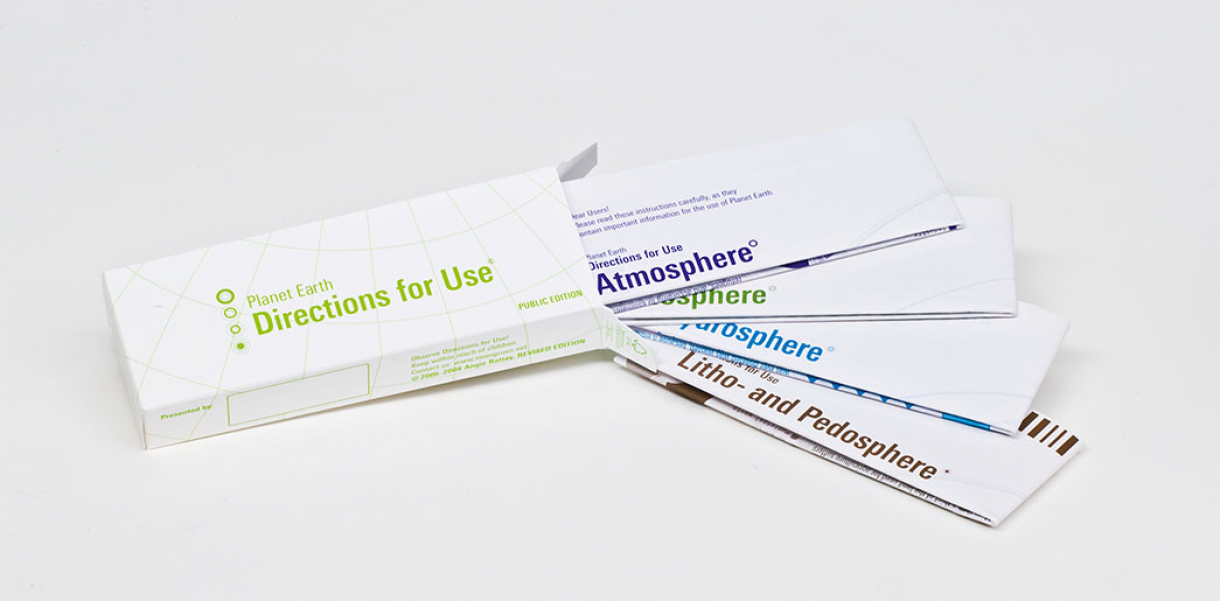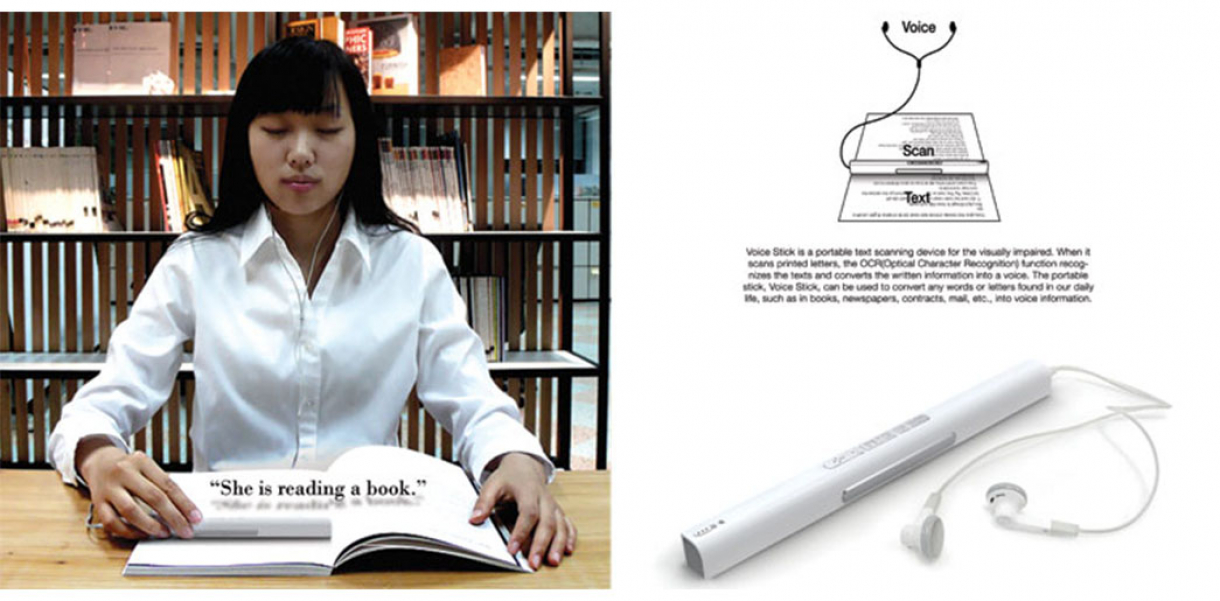“It was during a project for Burton Snowboards in 1996,” says designer Roger Ball, as he recalls a big surprise he had coming when designing for winter sports. “I designed the first snowboard helmet, and the three big markets for snowboarding are USA, Europe and Japan. We went Number One in the USA, Number One in Europe — but we couldn’t sell anything in Japan.”
When Ball went to meet the Japanese national snowboarding team, he stumbled across a problem he didn’t expect.
“I assumed they just didn’t like the color, materials or the overall look,” he explained. “But they said, ‘No, we like all that. We just can’t put it on our heads.’ And I asked, ‘What do you mean?’ “And they said, ‘Well, you know, we have a different shaped head from you.’”
The Japanese athletes had introduced Ball to a genuine dilemma facing head-apparel designers, an East-West divide that to this day many people still are surprised to hear about.
“I have a pretty extensive collection of contacts and I asked them all: ‘Doesn’t anybody know anything about this different-shaped-head thing?’ A lot of them said they’d heard about it, but there was no shape or model with the right specifications on which to base an appropriate design.”
“It’s not just the head, either. It’s all kinds of things. And what this means is you have to start at square one and build an understanding of the size-and-shape trends for a consumer base,” he explained.
SizeChina has spent three years generating a large-scale 3D survey of the Chinese head and face, using high-resolution laser-scanned data collected from 2,500 volunteers from six provinces of Mainland China. This anthropological database, then proves the distinctions between the shape of the average Chinese and Western head.
The results of the study are available to designers in physical head and faceforms, and 3D files that can be imported into design software platforms.
“And in my research, I looked at colonial powers’ records during the age of Darwin and all, and this information really has been around in one form or another. But no one had ever actually documented these differences. Now, we’ve done it.”
Designed by
Roger Ball - Hong Kong, China.






